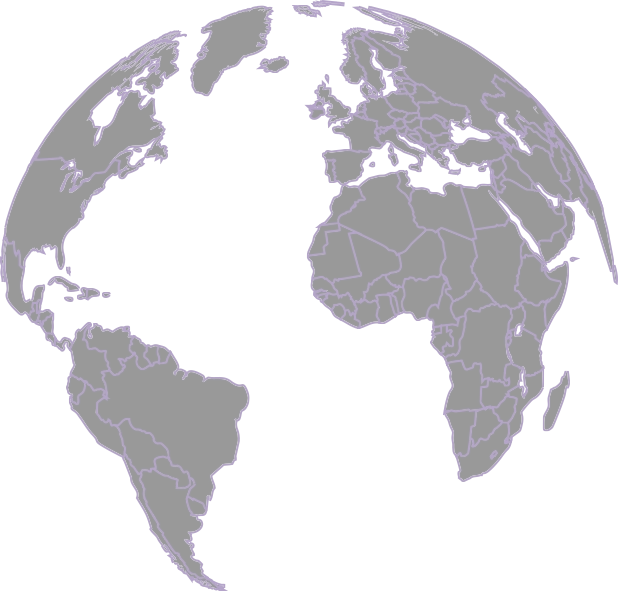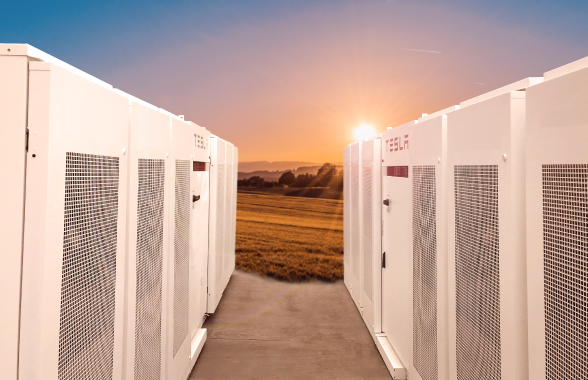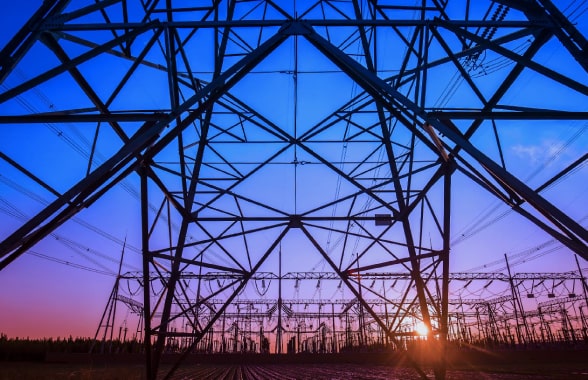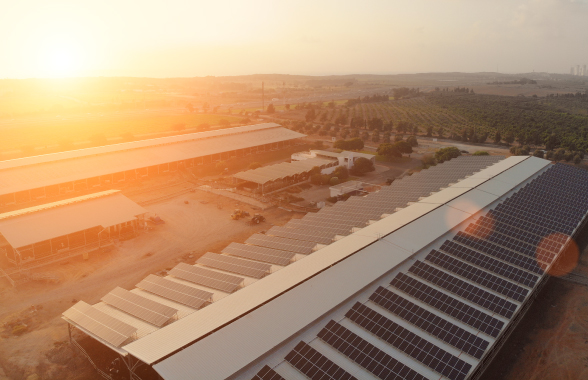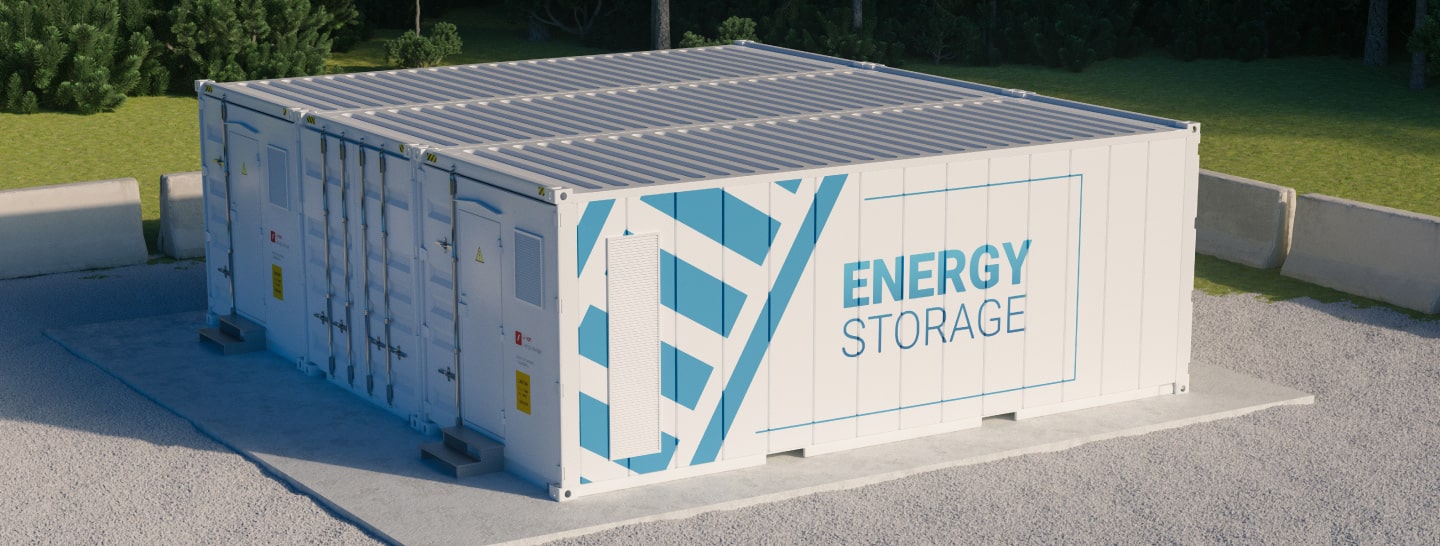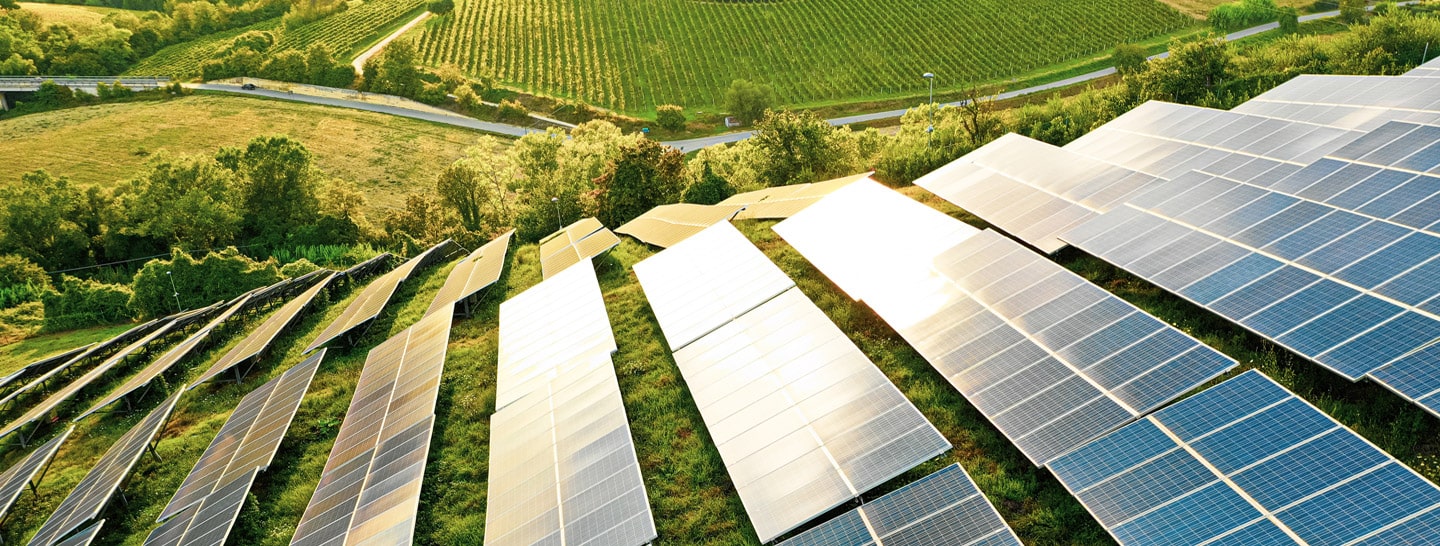Energy monitoring systems provide users with data about their consumption patterns so they can make informed energy management decisions and maximize savings.
These systems use energy monitoring software that gathers energy consumption data, analyzes it and then provides useful information directly to the client’s devices. The information can be displayed in many different ways.
The software uses counters or sub-counters located on-site or in the building to gather data for each commodity (electricity, heat, water, gas) in order to provide a complete picture of energy usage.
